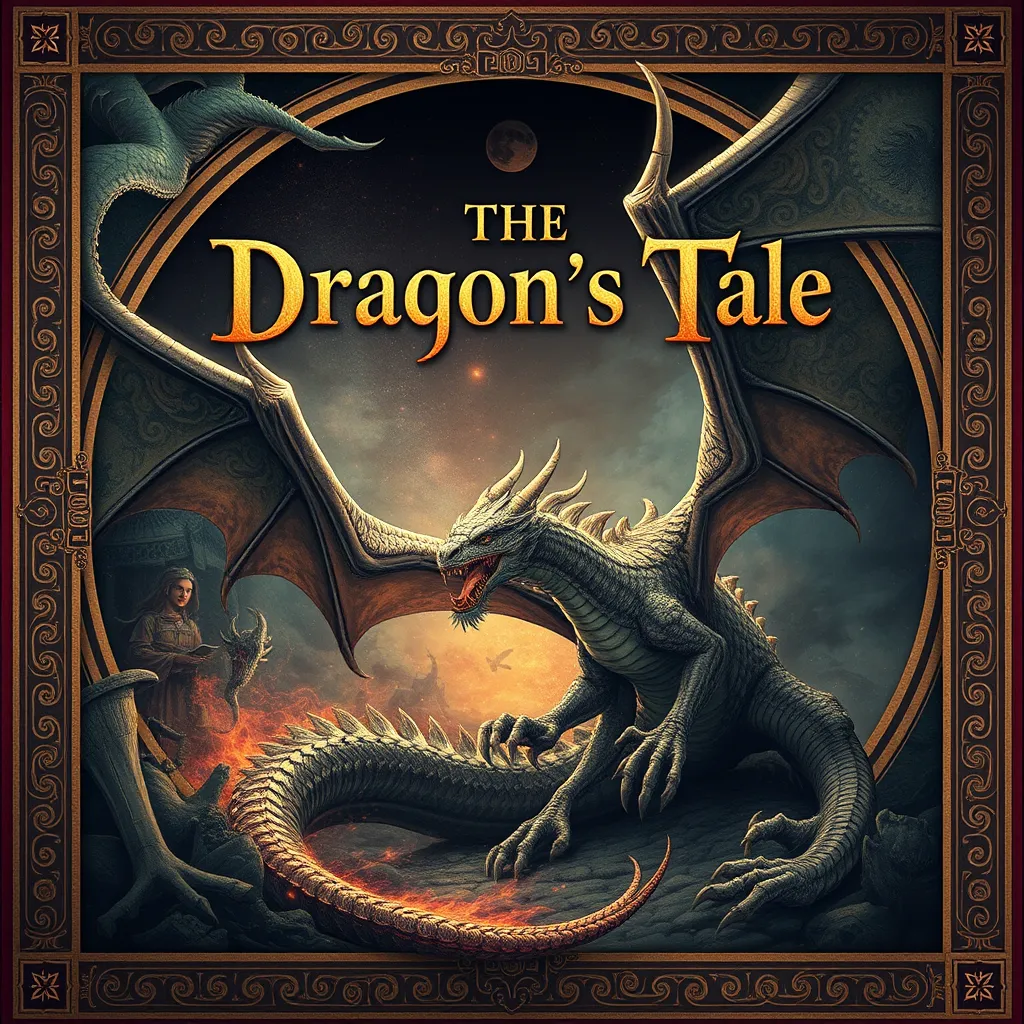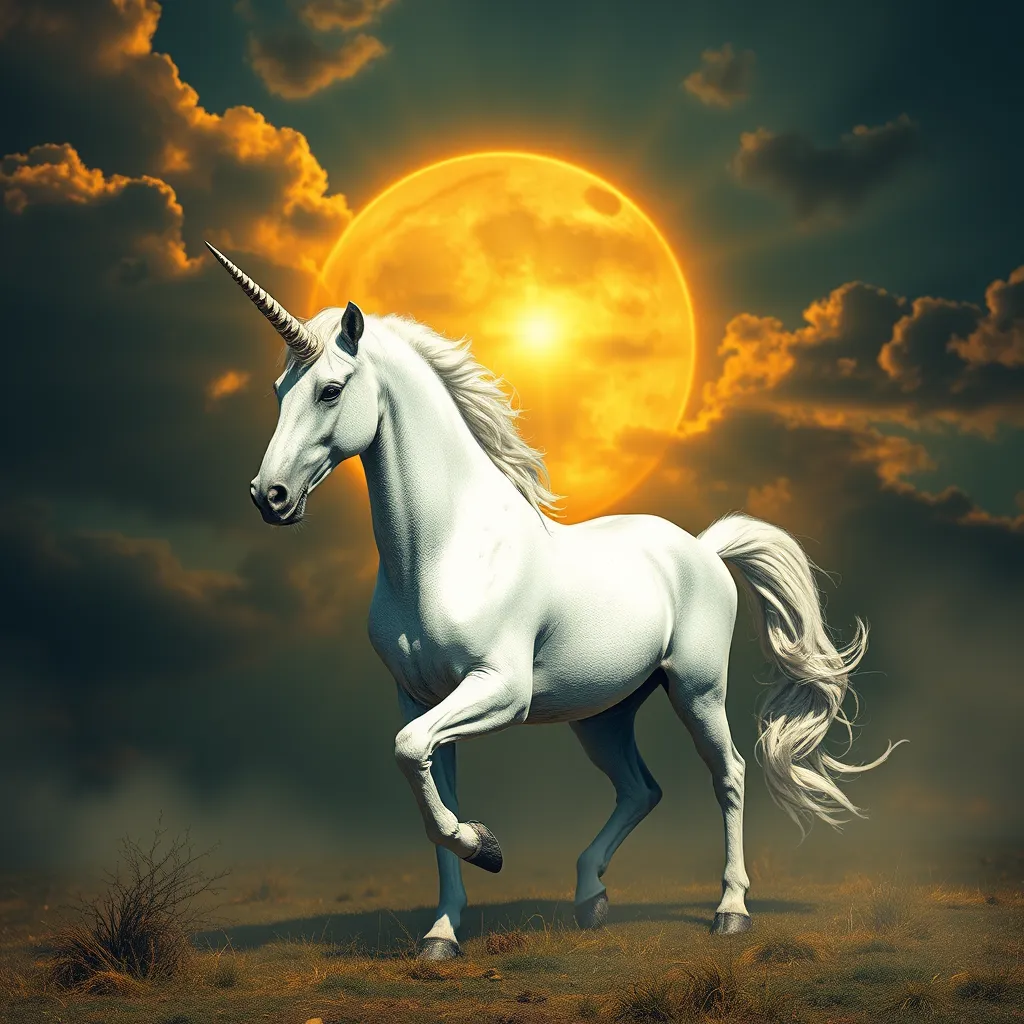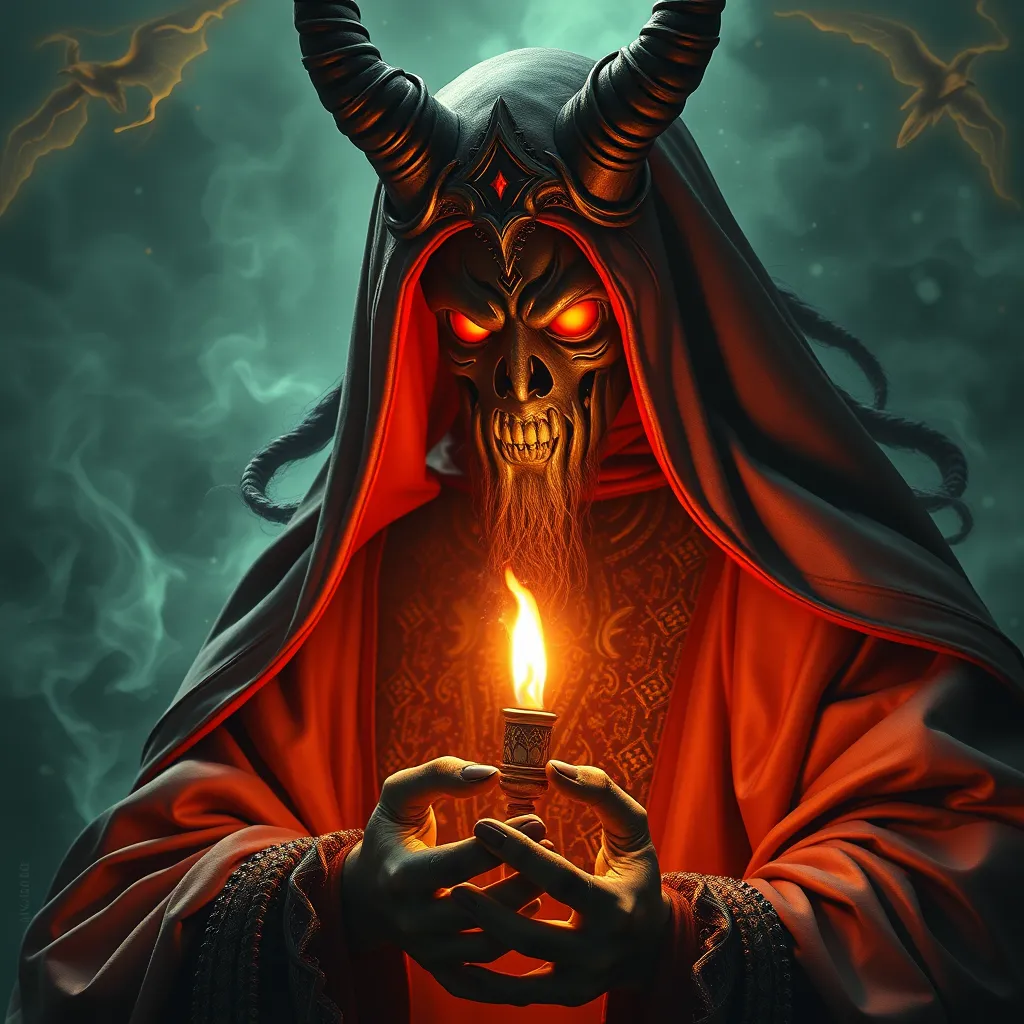The Dragon’s Tale: Mythological Stories and Legends Featuring Dragons from Around the World
I. Introduction to Dragons in Mythology
Dragons have captured the imagination of humans across cultures and eras, representing a myriad of ideas and emotions. Defined as large, serpentine creatures with the ability to fly and breathe fire, dragons symbolize both power and mystery. In various mythologies, they embody the dualities of good and evil, chaos and order.
This article aims to explore the rich tapestry of dragon myths across different cultures, examining their significance, symbolism, and the enduring legacy they hold in modern society. We will delve into Eastern and Western mythologies, indigenous tales, their representation in contemporary literature and media, and the celebrations dedicated to these magnificent creatures.
II. Dragons in Eastern Mythology
A. Chinese Dragons: Symbols of power and good fortune
In Chinese culture, dragons are revered as benevolent creatures associated with water, rain, and agriculture. Unlike their Western counterparts, Chinese dragons are seen as protectors and bringers of good fortune.
- Physical Appearance: Typically depicted as long, serpentine beings with antler-like horns, they embody grace and strength.
- Symbolism: They symbolize imperial authority, as emperors often associated themselves with dragons to convey their power.
- Festivals: The Dragon Boat Festival celebrates their cultural significance, featuring boat races and rice dumplings.
B. Japanese Dragons: Water deities and their connections to nature
Japanese dragons also hold a significant place in mythology, often linked to water bodies and agricultural prosperity. They are considered guardians of rivers, seas, and storms.
- Koi to Dragon Myth: The transformation of koi fish into dragons symbolizes perseverance and the rewards of hard work.
- Deities: Notable dragons include Ryūjin, the dragon king of the sea, who is associated with storms and fertility.
III. Dragons in Western Mythology
A. European Dragons: Fearsome beasts in medieval folklore
In contrast to Eastern dragons, European dragons are often depicted as malevolent creatures hoarding treasure and terrorizing villages. They are usually portrayed as large, winged beasts with scaly skin.
- Characteristics: They breathe fire, have sharp claws, and are often depicted as greedy and destructive.
- Role in Folklore: They frequently serve as antagonists in myths, representing the ultimate challenge for heroes.
B. The cultural significance of dragon-slaying legends (e.g., St. George)
The legend of St. George and the Dragon is perhaps one of the most famous dragon-slaying tales in Western culture. This story symbolizes the triumph of good over evil and has been interpreted as an allegory of Christian virtue.
- Heroic Journey: The dragon represents sin or paganism, while St. George embodies courage and faith.
- Art and Literature: This tale has inspired countless works of art, literature, and theater throughout history.
IV. Indigenous and Tribal Legends Involving Dragons
A. Native American tales: The significance of the dragon in creation myths
In Native American mythology, dragons often manifest as serpents or giant reptiles, featuring prominently in creation stories. They are frequently associated with the earth’s elements and the balance of nature.
- Creation Myths: Some tribes view dragons as primal beings that played a role in shaping the world.
- Symbol of Strength: The dragon represents strength and the ferocity of nature, often revered in tribal rituals.
B. African dragon myths: Stories of serpentine creatures and their meanings
African folklore also includes dragons, often depicted as serpentine beings associated with water and fertility. These myths vary widely between cultures but consistently emphasize the connection between dragons and nature.
- Myth of Nyami Nyami: The river god depicted as a dragon in Zambezi mythology symbolizes protection and abundance.
- Creation Stories: Dragons are sometimes seen as creators of rivers and mountains, embodying the spirit of the land.
V. Dragons in Modern Literature and Media
A. Influence of ancient myths on contemporary stories (e.g., “Game of Thrones”)
Modern literature and media have drawn heavily from ancient dragon myths. The depiction of dragons in series like “Game of Thrones” showcases their evolution from mythological figures to complex characters.
- Character Development: Dragons are portrayed not just as beasts but as intelligent beings with their own motivations.
- Mythical Elements: The use of dragons in contemporary narratives often reflects themes of power, loyalty, and destruction.
B. The portrayal of dragons in fantasy literature and films
Fantasy literature and films have popularized dragons, making them iconic figures. Works like J.R.R. Tolkien’s “The Hobbit” and the “How to Train Your Dragon” series present dragons in a variety of lights, from fearsome adversaries to loyal companions.
- Diverse Representation: Dragons are depicted in various forms, each with unique traits and characteristics.
- Impact on Pop Culture: Their presence in media has significantly influenced how cultures perceive dragons today.
VI. Symbolism and Themes Associated with Dragons
A. Dragons as symbols of chaos vs. order
Dragons often embody the conflict between chaos and order. In many myths, they represent the tumultuous forces of nature that must be confronted and tamed.
- Chaos: Dragons can symbolize the unpredictable aspects of life, such as natural disasters and war.
- Order: Conversely, the defeat of a dragon often signifies the restoration of peace and stability.
B. The duality of dragons: Protectors and destroyers
Dragons possess a dual nature, serving both as protectors and destroyers. This complexity makes them compelling figures in mythology.
- Protectors: In some cultures, dragons are guardians of treasure or sacred spaces.
- Destroyers: In others, they wreak havoc and chaos, challenging heroes to overcome them.
VII. Celebrating Dragons: Festivals and Cultural Events
A. Dragon Boat Festival in China: Origins and traditions
The Dragon Boat Festival is a vibrant celebration in China, honoring the dragon’s significance as a symbol of protection and prosperity. Held on the fifth day of the fifth lunar month, this festival features colorful dragon boats racing on rivers.
- Traditions: Participants eat zongzi (sticky rice dumplings) and engage in dragon boat races.
- Cultural Significance: The festival commemorates the ancient poet Qu Yuan and symbolizes unity and strength.
B. Modern interpretations and celebrations of dragons around the world
Dragons continue to be celebrated globally, with various cultural events highlighting their significance. From parades to art exhibitions, dragons inspire creativity and community engagement.
- International Dragon Boat Festivals: Similar events are held worldwide, promoting cultural exchange and sportsmanship.
- Art and Literature Festivals: Many cultures organize events celebrating dragon myths, showcasing local artists and storytellers.
VIII. Conclusion: The Enduring Legacy of Dragons in Global Culture
Dragons remain a powerful symbol in global culture, transcending time and geography. From ancient myths to modern storytelling, they embody the complexities of human experience—fear, power, chaos, and protection.
This exploration of dragons across various cultures reveals their multifaceted nature and significance in human history. As we continue to celebrate and reinterpret these legends, the legacy of dragons endures, captivating our imaginations and reminding us of the timeless themes they represent in our lives.



